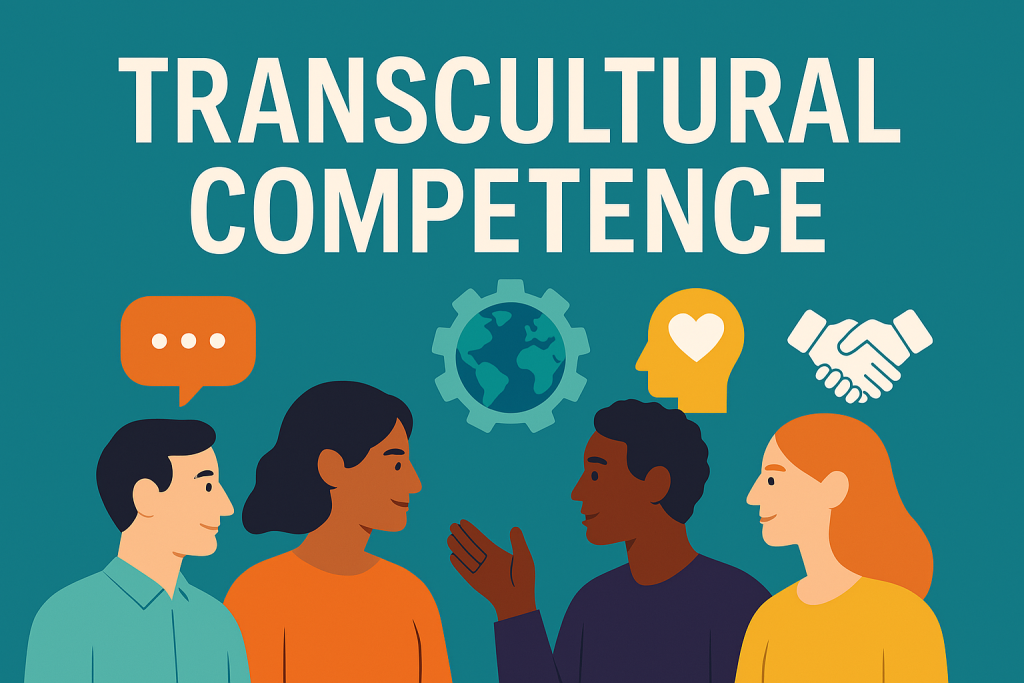In today’s global and culturally diverse world, traditional models of leadership are
proving insufficient. That’s where transcultural competence steps in—not as a soft skill,
but as a strategic capability. It enables leaders to lead relationally, foster empathy across
cultures, and co-create clarity in the midst of complexity.
Inspired by the work of Tobias Grünfelder and parallel organizational practice,
transcultural competence involves:
- Creating shared meaning while honoring differences
- Building bridges rather than managing boundaries
- Listening deeply, embracing ambiguity, and leading through connection
Leaders who develop this mindset are better equipped to:
- Cultivate belonging in diverse teams
- Integrate multiple perspectives into thoughtful decisions
- Navigate moral dialogues across cultural contexts
- Enable inclusive and resilient forms of cooperation
To nurture transcultural competence, organizations need to create space for cultural
dialogue, celebrate both shared and unique values, and promote leadership rooted in
humility and curiosity.
Ultimately, transcultural competence isn’t about mastering every culture—it’s about
showing up with openness, curiosity, and the ability to build trust and shared
understanding in any context. It’s the kind of leadership that doesn’t seek all the
answers, but knows how to invite them to emerge—together.

